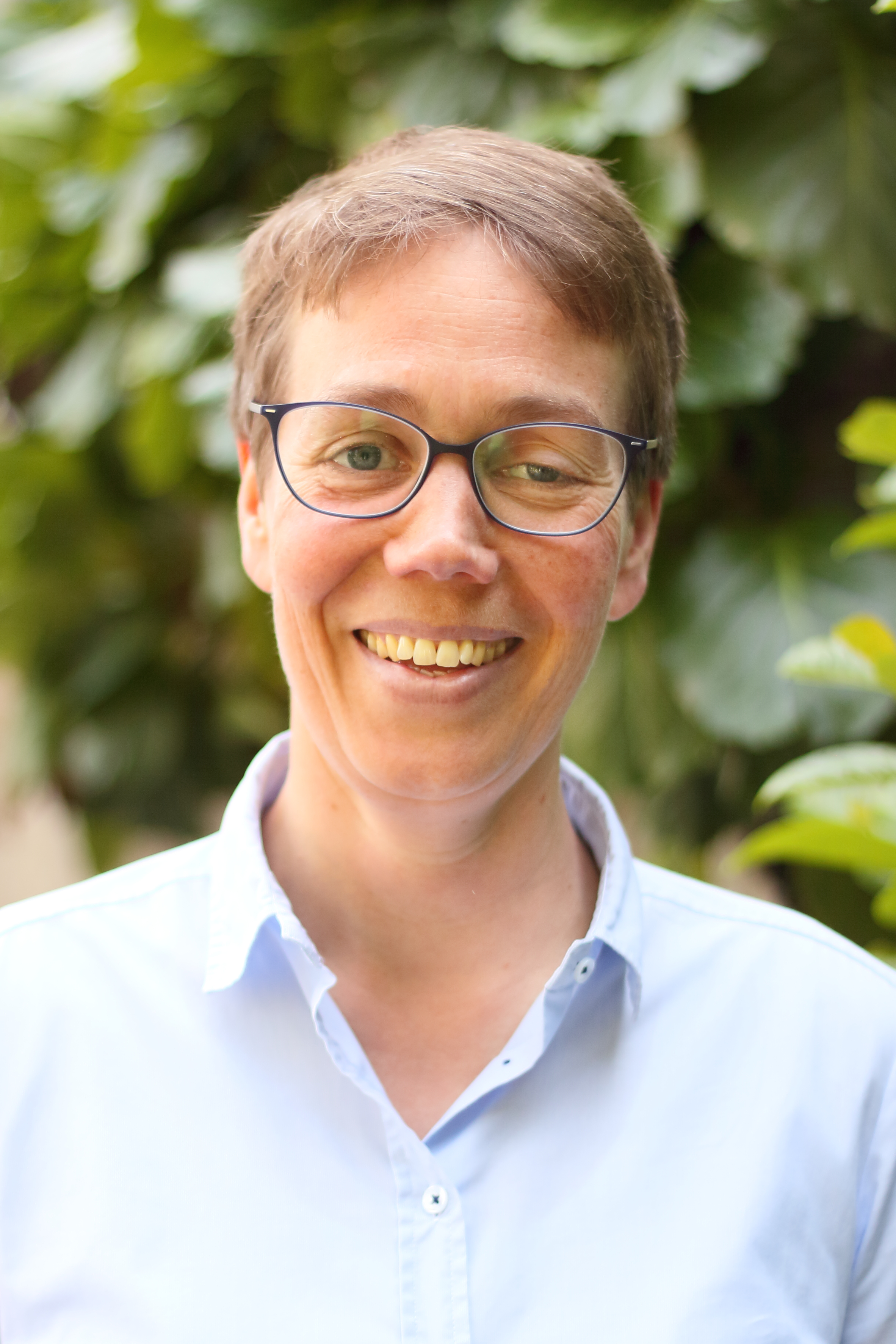
Research interests
Ultrafast spectroscopic methods are used to study the structure and dynamics of mainly soft matter. The current research is focussed on investigating interfaces with the surface specific vibrational sum frequency generation method. Interfaces under study are water-air, water-lipid, and water-solid. The water orientation and the structure of the hydrogen bonding network of just the interfacial water layer, as well as the organic molecules at the interface is obtained. Time-resolved and 2D methods with infrared pumping are used to study dynamics like energy transfer and vibrational relaxation. Moreover, UV/vis pumping allows following reactions in real time with sub picosecond time resolution to unravel reaction mechanisms. Several collaborations with theoretical groups have been established to link the experimental observations to insight on the molecular level but also to provide complementary evidence for features observed in simulations.
Most relevant scientific results
- Combined a time-resolved sum frequency generation (SFG) setup with an UHV chamber to reveal that diffusion of CO molecules over a platinum surface involves a rotational motion besides the translational motion [1].
- Developed a method to determine the surface, bulk, and interfacial fraction of crystalline ice in supported thin water films in UHV. The observation of sequential crystallization of amorphous water at the surface, in the bulk, and at the water-support interface showed that the water layer starts to crystallize at the surface [2].
- Conducted SFG experiments on large pieces of single crystalline ice. The experimental observation of a sudden temperature dependent weakening of the hydrogen-bonded structure in combination with spectral calculation from molecular dynamics simulations resulted in the conclusion of bilayer-by-bilayer surface melting of crystalline ice [3].
- Pioneered phase-resolved SFG experiments at solid-liquid interfaces to determine the orientation of molecules at the interface [4]. Using this method, we determined the presence of hydrophobic patches at a macroscopically hydrophilic silicon dioxide interface [5].
- Determined the presence of chemisorbed and physisorbed water at the anatase TiO2 water interface [6].
- Combining SFG experiments with microfluidics showed that at immersed calcium fluoride and fused silica surfaces, flow leads to a reversible modification of the surface charge and subsequent realignment of the interfacial water molecules. Obtaining equivalent effects under static conditions requires a substantial change in bulk solution pH (up to 2 pH units), demonstrating the coupling between flow and chemistry [8]. Wrote an extensive review on the mineral/water interface probed with nonlinear optical spectroscopy [9].
- Used 2D-SFG to determine the coupling and energy transfer between ensembles of water molecules underneath charged surfactant layers [10]. Pioneered this method for the solid-liquid interface and concluded that strongly oriented hydrogen-bonded water molecules in the adsorbed layer, pinned by the localized charge defects, can exchange vibrational energy very rapidly due to the strong collective dipole, compensating the partially missing solvation shell [11].
Career
- 2018–present: Full Professor of Physical Chemistry; Deputy Head of Department of Physical Chemistry./li>
- 2014–2019: Independent Minerva group leader
- 2012–present: Group leader Max Planck Institute for Polymer Research, Mainz, Germany
- 2008–2012: Senior postdoc, Research Institute AMOLF, Amsterdam, the Netherlands (Advisor: H.J. Bakker)
- 2006–2008: Postdoc, Physical Chemistry Dept., University of Zurich, Switzerland (Advisor: P. Hamm)
Education
- 2005: Ph.D. in Chemistry, Leiden University, the Netherlands
- 2000: M.Sc. in Chemistry, University of Amsterdam, the Netherlands




